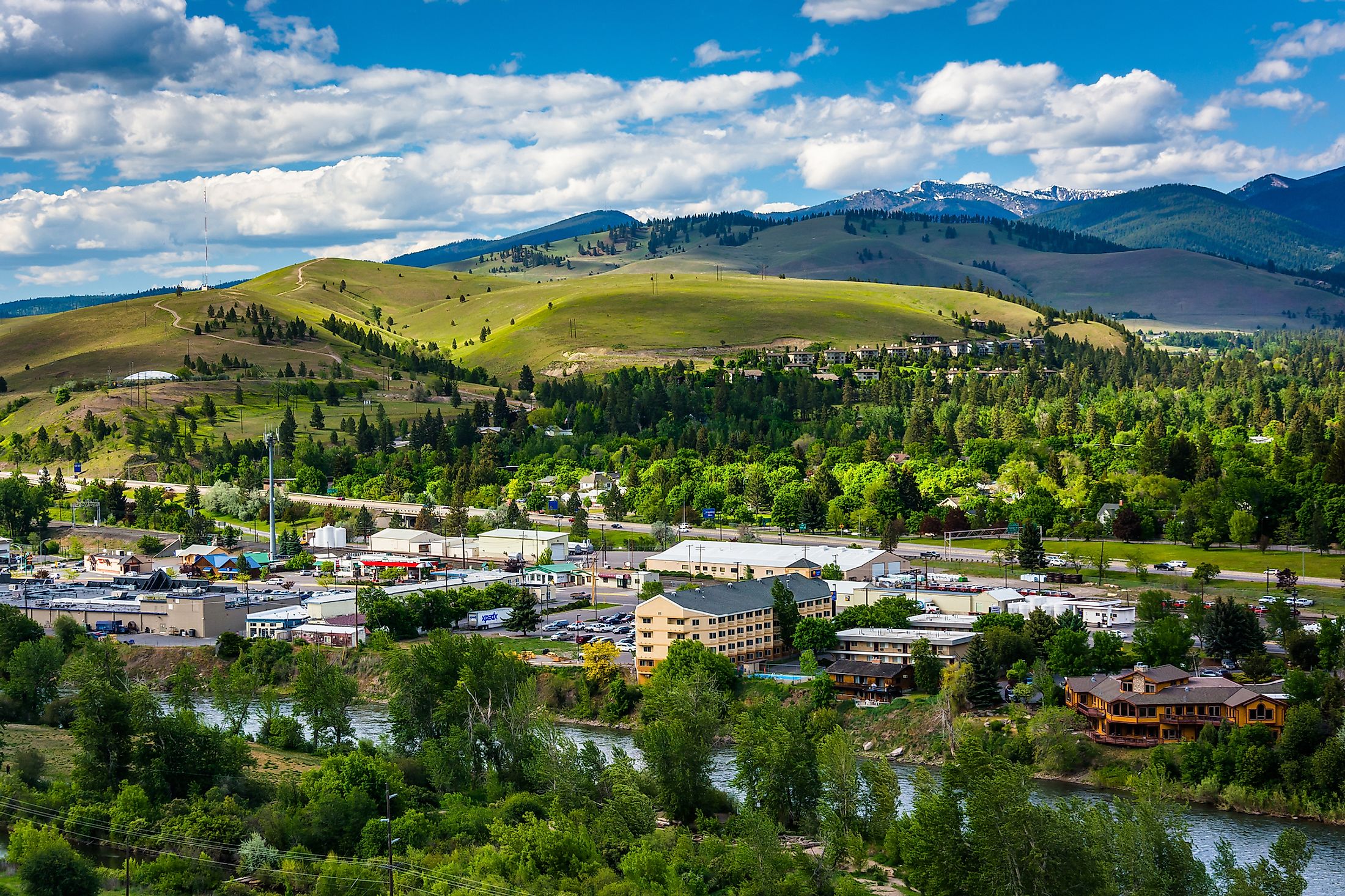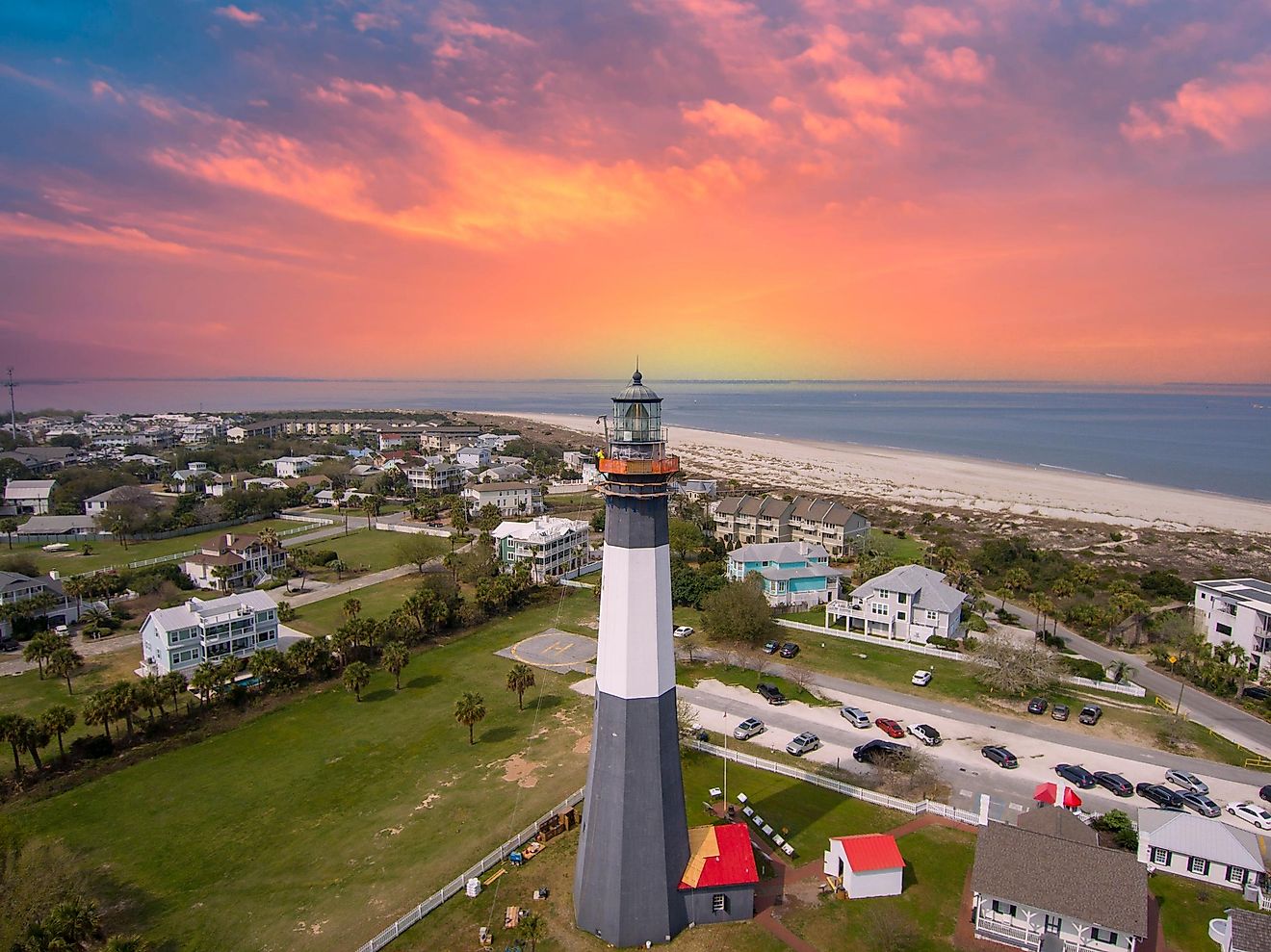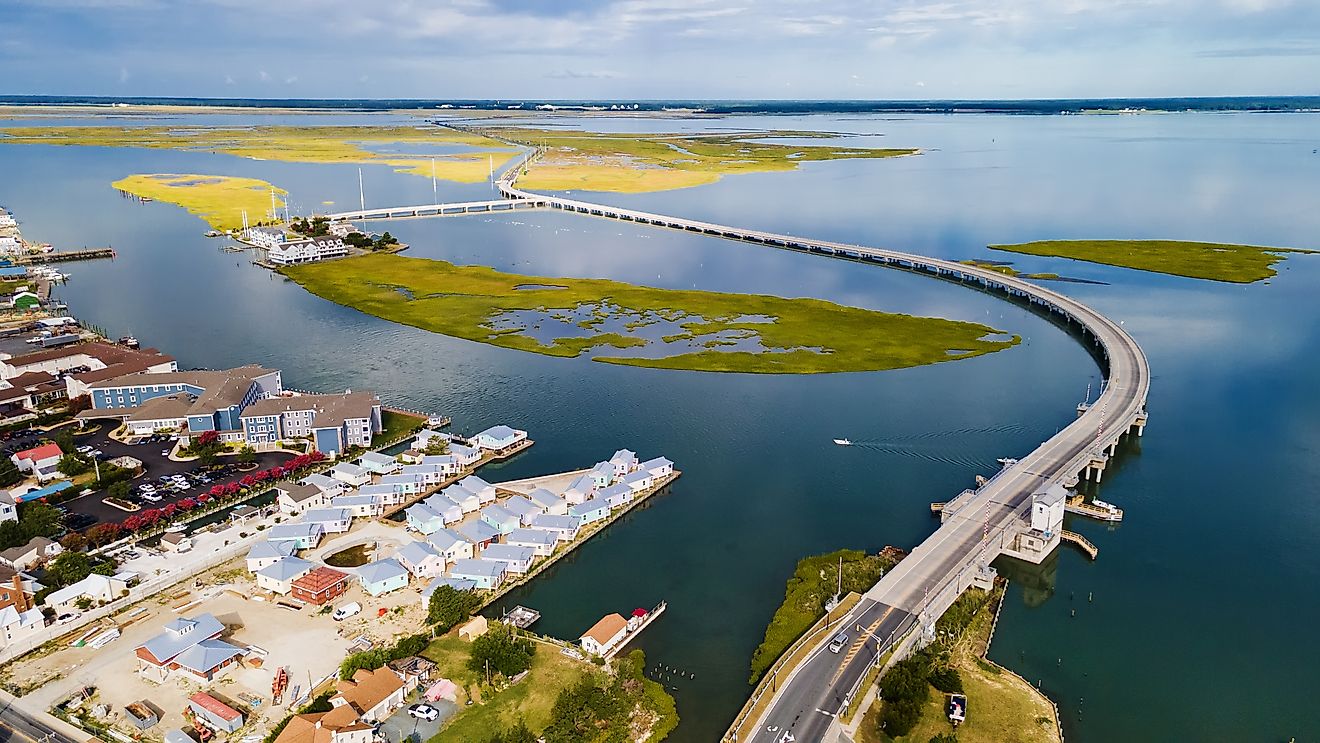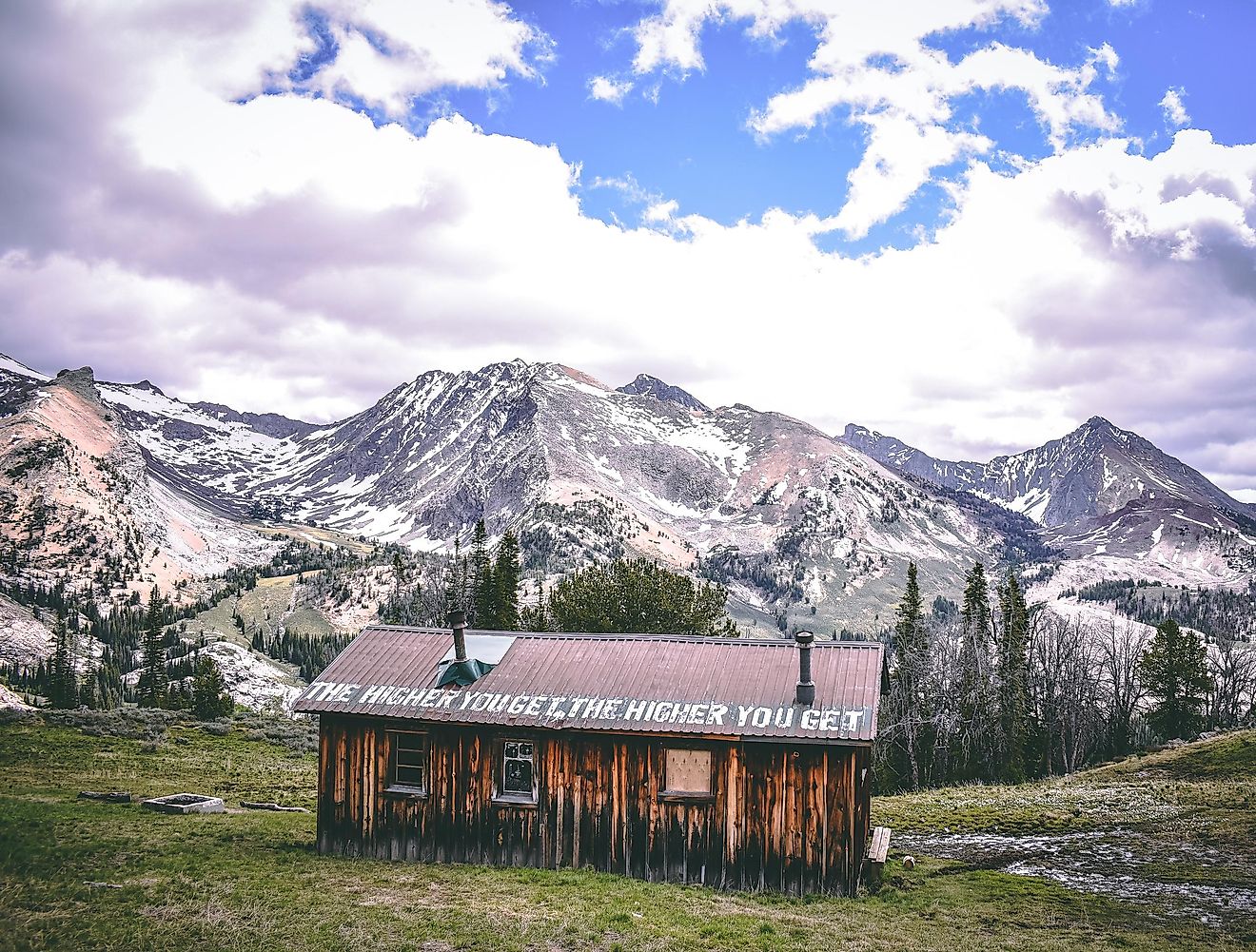
Missoula, Montana
Missoula is a city in the US state of Montana. Named by its original Native American inhabitants, the city was founded in the mid-19th century and began as a trading post. Missoula grew rapidly during the late 19th and early 20th centuries, driven in part by opening a university, which continues to be integral to the city's economy. The city also became home to a US military installation and forestry service headquarters. By the mid-20th century, Missoula was a prominent logging town, though the logging industry fizzled out by the end of the century. Today, Missoula remains a university town, though it is also very popular with tourists who come to the city to take advantage of the area's natural attractions.
Geography Of Missoula

Missoula is located in western Montana, about 70 km from the border with Idaho. To the east of Missoula are the towns of East Missoula and Bonner-West Riverside. The small village of Wye is located to Missoula's northwest. Bordering Missoula to the west is the town of Orchard Homes. The town of Lolo lies to Missoula's south.
Missoula lies in a flat valley flanked by steep hills. About 13,000 years ago, the valley in which the city is now situated was the bottom of Glacial Lake Missoula. The Clark Fork River runs through Missoula, separating it into northern and southern portions. This river enters the Missoula Valley from the east through Hellgate Canyon after joining the nearby Blackfoot River at the site of the former Milltown Dam. The Bitterroot River and multiple smaller tributaries join the Clark Fork River on the western edge of Missoula. The city also sits at the convergence of five mountain ranges: the Bitterroot Mountains, Sapphire Range, Garnet Range, Rattlesnake Mountains, and the Reservation Divide. Thus, Missoula is often described as being the "hub of five valleys". The total area of Missoula is 75.3 sq. km.
Population Of Missoula
The city of Missoula has a total population of 76,784. About 91% of the city's residents are white, of which 88.5% are non-Hispanic, and 2.57% are Hispanic. People of multiracial backgrounds make up 3.3% of the population, while Asians comprise 2.13%, and Native Americans make up 1.45%. Almost 95% of Missoula's residents speak only English. Spanish is spoken by 1.5% of the city's population. More than 96% of Missoula's population was born in the United States, while 46.4% were born in the city itself.
Economy Of Missoula

The average household income in Missoula is $68,404, the poverty rate is 17.52%, and the unemployment rate is 4.9%. In terms of the number of employees, the largest economic sector in Missoula is healthcare & social assistance. Indeed, the healthcare industry is one of the fastest-growing in Missoula. The St. Patrick Hospital and Community Medical Center are the second and third biggest employers in the city. The biggest employer in Missoula is the University of Montana. Since opening in the late 19th century, this university has been a key driver of Missoula's economy, giving the city an educated workforce not found in most of the state. It also brings millions of dollars into the local economy through school-sponsored sporting and cultural events visitors.
History Of Missoula
The first inhabitants of what is now the city of Missoula were Native Americans of the Salish Nation. They called the area "Nemissoolatakoo," from which "Missoula" is derived. This name roughly translates as "river of ambush/surprise." The area was often a scene of warfare between different Native American tribes. The first whites to contact the area's indigenous people were members of the famous Lewis and Clark expedition, which passed through the Missoula Valley in 1805. One year later, the first white settlement was established a few miles west of present-day Missoula in a trade outpost in Hell Gate Ronde.
However, white settlement did not come to the Missoula Valley until 1860, when two men named C. P. Higgins and Francis Worden opened a trading post called the Hellgate Village on the Blackfoot River near the eastern edge of the valley. Afterward, a sawmill and a flour mill were established in the area. Missoula was incorporated in 1864. The city expanded rapidly following the completion of the Mullan Road connecting Fort Benton, Montana with Walla Walla, Washington, which passed through the Missoula Valley. In 1877, The US Army established Fort Missoula. In 1883, the North Pacific Railroad arrived, making Missoula a trading center that distributed produce and grain grown in the agriculturally prosperous Bitterroot Valley.

Two other factors that led to the rapid development of Missoula were the opening of the University of Montana in 1895 and the opening of a regional headquarters for the Forest Service in 1908. Big industry came to the city for the first time in 1956 when construction of the first pulp mill began. Logging remained the mainstay of Missoula's economy until the mid-1970s, with log yards located around the city. By the early 1990s, however, changing economic fortunes led to the closure of these log yards.
Attractions In And Around Missoula
Missoula and its immediate vicinity are home to a number of notable attractions. There are, for example, several museums in the area, including the Holt Heritage Museum, the Miracle of America Museum, the Missoula Art Museum, the Montana Museum of Art and Culture, the Montana Natural History Center, the Rocky Mountain Museum of Military History, the National Museum of Forest Service History, and the Historical Museum at Fort Missoula.

The Missoula area is also well-known for its natural attractions. It is located within the fly-fishing Golden Triangle and is a popular area for hunting deer, elk, bear, moose, and other game animals. There are also over one hundred miles of trails in the Missoula Valley, which are ideal for hiking or biking. Organized trips on the rivers of the Missoula area are available, which can include white water rafting or kayaking. The Missoula area also includes a number of natural hot springs and ghost towns. During the warmer months, other popular outdoor activities in Missoula and the surrounding vicinity include birding, camping, golfing, horseback riding, paddleboarding, and tubing. Visitors to the Missoula area can enjoy skiing, snowboarding, ice fishing, ice skating, sleigh riding, snowmobiling, and snowshoeing during the winter. Another activity unique to the area is prospecting, as Montana contains some of the largest sapphire deposits in the world.











